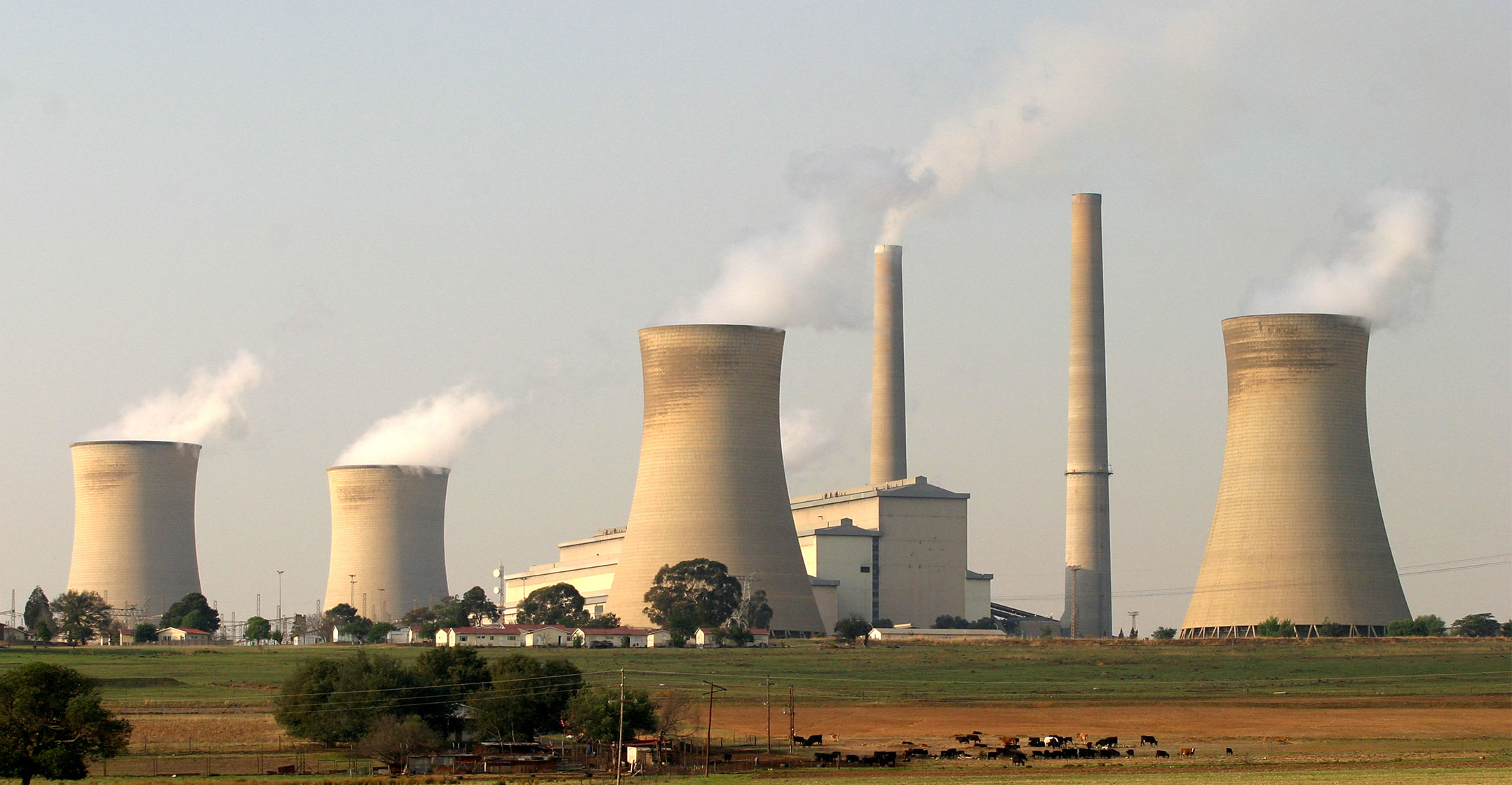 Eskom has admitted it has a solution to its highly unreliable ageing fleet of coal power stations. This time, however, the plan is not the clichéd definition of insanity (which seems to have been the plan over much of the last decade).
Eskom has admitted it has a solution to its highly unreliable ageing fleet of coal power stations. This time, however, the plan is not the clichéd definition of insanity (which seems to have been the plan over much of the last decade).
In an interview with Engineering News last week, Eskom chief operating officer Jan Oberholzer revealed that a new approach to maintaining the utility’s coal fleet would be considered by the board before the end of this month. The thinking is that Eskom would remove a number of units from service for an extended period of time, allowing it the space to do proper maintenance.
Said Oberholzer: “I believe Eskom needs to be bold and say truthfully to the public of South Africa that we have 25 000MW 24/7, 365 days a year and then take whatever buffer we have and maintain our units.
“If it’s time for a 12-year general overhaul, or a nine-year general overhaul, or a midlife refurbishment, or routine maintenance, we take the unit off and we maintain it properly. If it’s a 60-day, a 75-day or a 90-day outage that’s what we do and we replace whatever we need to.”
This approach to maintenance is not without precedent at Eskom. The maintenance of nuclear plant Koeberg is extremely rigorous. “We need to show the same level of respect to the coal units,” said Oberholzer.
This has been the answer all along and there are a lot more people than just Oberholzer who know it (perhaps the president does, too?). Very few, however, will say so publicly.
Currently, maintenance of the coal fleet is continually deferred — resulting in the poor performance and reliability of the plant. Even in January 2020, less than a month after the unprecedented level of stage-6 load shedding was reached, maintenance is being shifted out as the utility battles sky-high levels of plant breakdowns.
Years in the making
And when it was, it was done poorly. The problems facing Eskom now have been years in the making. Oberholzer describes this as “neglect, under-maintenance and abuse” of the coal fleet.
Committing to a scenario of guaranteeing just 25GWMW of supply — it is understood that a sliding scale of options will be deliberated by the board — will translate into Eskom having the headroom to do maintenance on around 18GW of plant. Effectively, the bulk of the 13-14GW of plant experiencing breakdowns will shift into a planned maintenance mode. The maintenance backlog is so large that this strategy would need to be followed for about two years.
Committing to a significantly reduced level of supply (whether 25GW, 26GW or 27GW) will leave the country with two options:
- Near-permanent load shedding. The shortfall will be made up by predictable power rationing, the level of which will be determined by the amount of power Eskom is able to commit to supplying.
- Bringing new emergency supply on stream as rapidly as possible (cutting red tape that prevents independent power producers from contracting directly with municipalities will also help). The department of mineral resources & energy has commenced a process to find a way to address this short-term supply gap, through demand-side management (with large power users) and new generation capacity. It published a request for information on the process to procure between 2GW and 3GW, with a deadline of 31 January. There has been no movement on further rounds of renewable energy procurement, which has all but stalled.
It is likely that a combination of both of these will be used if this maintenance strategy is pursued.
However, given reliability issues across Eskom’s fleet, including brand new power stations like Medupi, it is difficult to foresee the utility being able to constantly supply even 25GW, as plant undergoing long-term maintenance cannot quickly be called upon to plug a supply gap.
The delay that has been caused by a process seemingly underway by the presidency to strengthen/replace/overhaul the Eskom board, could mean that this maintenance strategy might not even be discussed this month.
 Committing to this strategy is not a decision Eskom can or will make in isolation. It will require heaps of political will from the presidency, the minister accountable for Eskom (currently Pravin Gordhan) and cabinet, as well as the ruling party itself.
Committing to this strategy is not a decision Eskom can or will make in isolation. It will require heaps of political will from the presidency, the minister accountable for Eskom (currently Pravin Gordhan) and cabinet, as well as the ruling party itself.
Selling this plan to South Africa is not going to be easy but, increasingly, a frustrated public appreciates that the status quo simply isn’t working. Almost anything would be better than the current chaos.
Treasury will have a say, too, as it will not only need to try and sell this idea to the rating agencies, it will likely need to provide Eskom with even more fiscal support. Removing a significant level of supply for a period as long as two years will have a sizeable impact on Eskom’s revenue, and its income statement will deteriorate further.
There are no easy decisions here. But time is — finally — running out.
- This article was originally published on Moneyweb and is used here with permission

